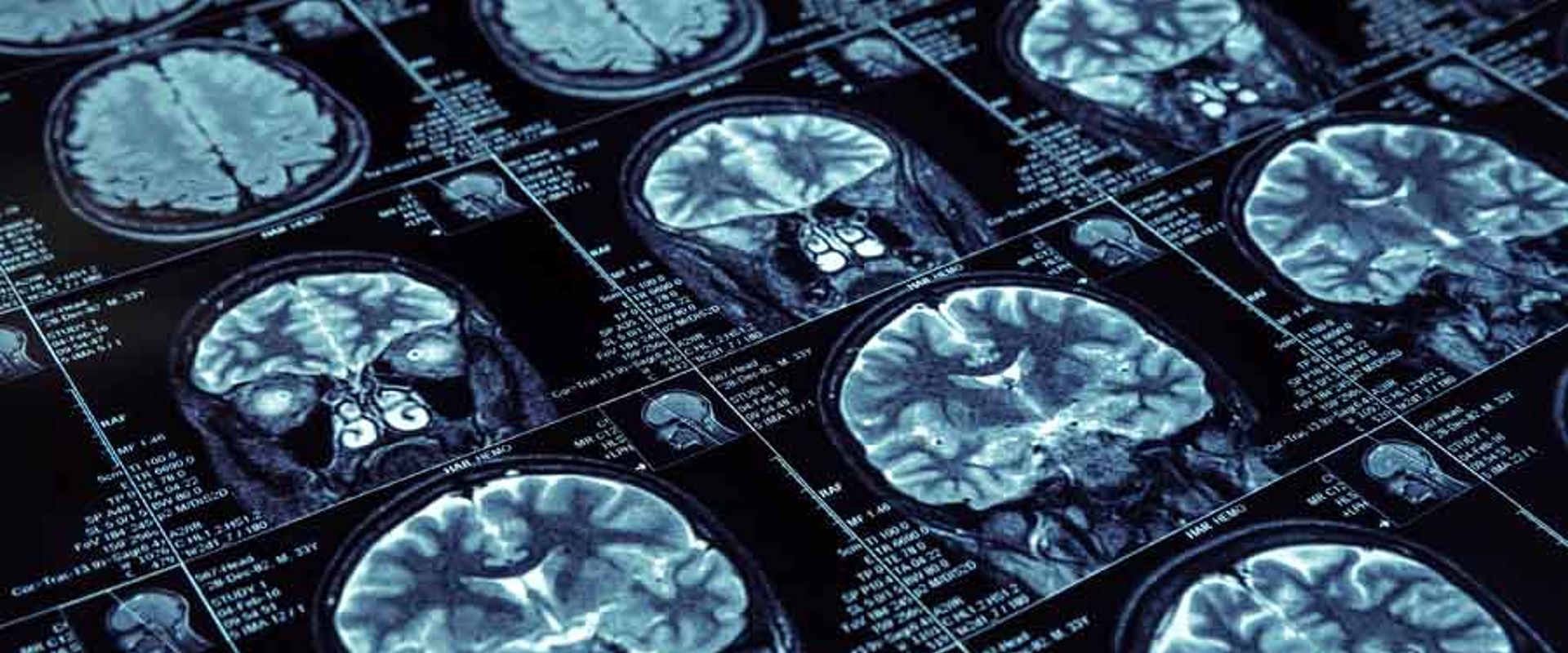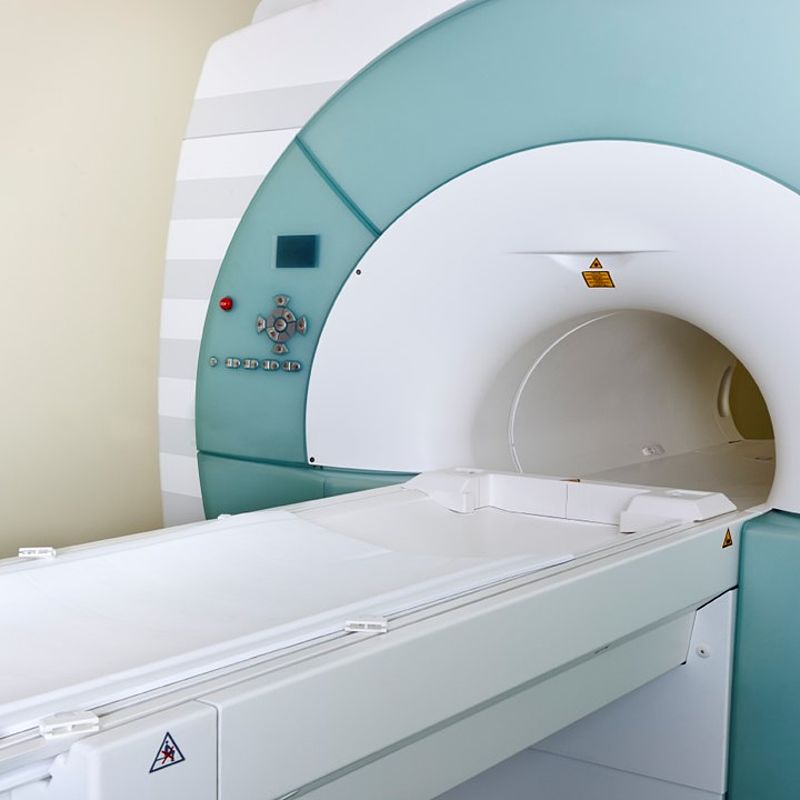
High resolution brain scans
Challenge
Magnetic Resonance Imaging (MRI) is a highly effective technique for peering into the body and looking for evidence of serious problems such as tumours and damaged blood vessels. Over 30 million patients already have MRI examinations annually across the EU, and now higher resolution 7T MRI scanners are able to offer even better early disease diagnosis and the potential for detecting Alzheimer’s, Parkinson’s and Multiple Sclerosis.
Currently hospitals use MRI scanners with 1.5 or 3 tesla (T) magnetic field strength - devices shown to be safe for hospital use. For 7T MRI to be introduced into routine clinical use, it is necessary for MRI manufacturers and hospitals to have confidence in staff and patient safety.
MRI machines apply a high magnetic field to the body and the greater the magnetic field, the greater the resolution of the images. But an MRI scanner is more than just a strong magnet; it also exposes the patient to radio waves so powerful, patients need constant direct supervision to prevent injury. The stronger the magnet, the higher the frequency of these radio waves and the more complicated their interaction with the patient’s body. As a result, computer simulations are now required to determine the patient’s safety where robust and reliable hardware had previously been adequate. New measurement tools are needed to evaluate simulations and enable demonstration that the radio waves from 7T MRI are safe to use.
Solution
The EMRP Project Metrology for next-generation safety standards and equipment in MRI developed measurement tools and validated simulations which show the impact on patients of the radio waves created by 7T MRI. The radio-frequency fields can be computed throughout the patient’s body and procedures were developed to validate these simulations by measurements. As a result, protocols were devised and used to demonstrate how patient safety could be established through improved MRI design.
Project findings will be reflected in future updates of the IEC safety standard for the use of clinical MRI, providing a route by which 7T MRI scanners can be designed for safe operation. This paves the way for 7T MRI scanners to enter routine clinical use and so improve disease diagnosis whilst maintaining confidence in patient safety.
Impact
MRI manufacturers including Philips and Siemens have developed 7T scanners for medical research and want to sell these for clinical use. Building on the revised IEC standard, they can now demonstrate that suitable safety measures can be implemented based on the project’s validated simulations.
The current IEC standard facilitates CE marking for 7T MRI scanners based on conformance to EU regulatory requirements. This now makes these ultra-high resolution MRI imaging machines available for clinical use, albeit with restrictions. Clinics will now have a more powerful imaging tool capable of enabling earlier diagnosis of serious and degenerative brain diseases and other treatable conditions creating the potential for earlier life-changing treatments. Future editions of the IEC standard will waive these current restrictions and broaden the range of 7T MRI uses in clinical medicine.
- Category
- EMRP,
- Health,
